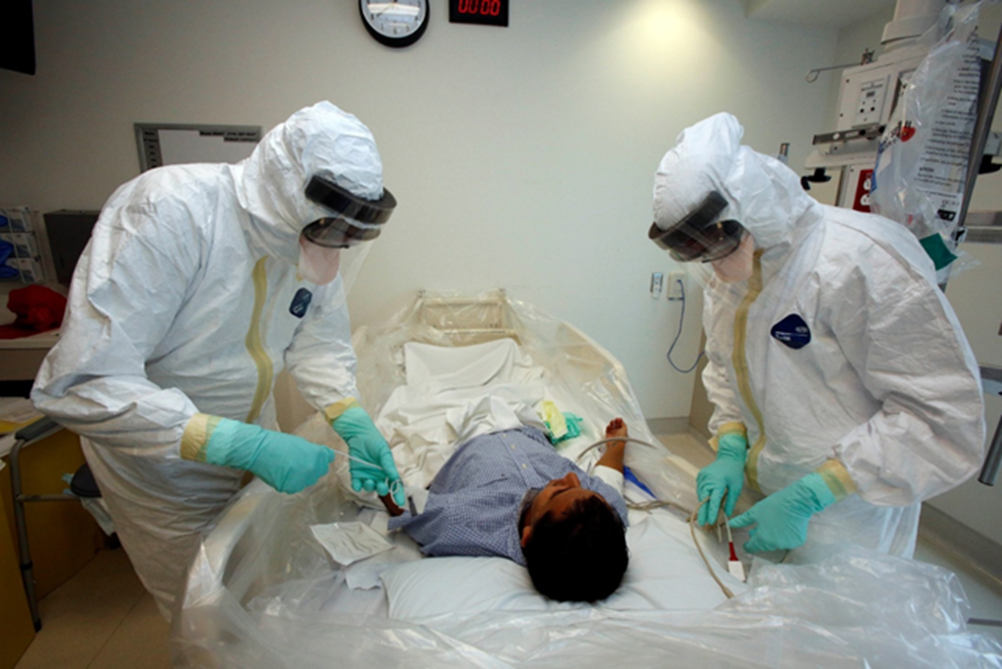Most biological incidents will develop slowly, providing time for public health officials to identify the causative biological agent, corresponding MCM that will help prevent or treat illness (if available), and affected communities to receive MCMs (e.g., antibiotics, antivirals, etc.). While slowly developing biological incidents allow time to prepare, they may still significantly impact health and medical services depending on their scale and length. Rapidly developing biological incidents (e.g., intentional release of a biological agent) are rare, and these incidents present different challenges to health and medical services related to acute care capacity, immediate MCM availability, and other necessary resources.

Hurdles Facing Health and Medical Services
The provision of health and medical services to the affected population following a biological incident faces several hurdles, including, but not limited to:
- First responders and healthcare personnel may have to provide medical care without knowing the identity of the biological agent and are likely to be at increased risk of exposure. They may be asked to conserve scarce resources including PPE or to modify care and treatment depending on the nature of the incident.
- The lack of pathogen-specific MCMs (e.g., vaccines, therapeutic drugs, diagnostic tests, etc.) for the biological agent involved may lead to high morbidity and mortality.
- Local healthcare and public health infrastructure can be overwhelmed by the sheer number of individuals seeking care in a short period of time and may be ill-equipped and ill-prepared to handle mass casualty and mass fatality events.
- An overwhelming volume of patients, most of whom are likely to be minimally exposed, seeking medical care with no quickly discernable way (e.g., diagnostic test) to determine actual exposure and predict who will become ill presents challenges to effective treatment.
- Exposed or contaminated patients may pose hazards to prehospital personnel, as well as healthcare providers and other patients in a hospital emergency department setting.
- Hospitals may be unprepared to implement patient decontamination in the instance of an “announced” attack, including for self-presenting individuals with unknown contamination status. (Refer to KPF 3: Control the Spread of Disease, for more information on decontamination.)
Several characteristics of a biological incident may amplify the demand for medical and health resources: public concern over exposure, potential for initial signs and symptoms to be similar to those seen with common infectious diseases (e.g., cough and runny nose with common cold, fever and sore throat with strep throat), and lack of definitive knowledge about the boundaries of the affected geographical area. By providing clear, concise, and timely information to the public, public health and emergency management officials may help reduce those presenting unnecessarily for medical care (Refer to KPF 2: Communicate with External Partners and the Public).
Ultimately, once the pathogen and/or source have been identified, this information can guide medical treatment to ensure the best health outcomes possible. Medical care should also include behavioral healthcare, as biological incidents have the potential to increase stress and fear, especially if intentional and transmissible. (Refer to KPF 4: Augment Provision of Mass Care and Human Services to the Affected Population for more information surrounding behavioral health resources.)
Provision of available treatment should occur without disruption of baseline medical services. The affected community will continue to need reliable access to medications and care for conditions and injuries unrelated to the biological incident. Emergency managers can provide logistical support for health and medical services through early coordination and frequent communication with public health officials and HCCs during biological incidents. For example, emergency management planners should work with public health and healthcare planners to incorporate considerations regarding the needs of diabetic patients, patients on dialysis, patients receiving antiretroviral therapy, transplant patients, individuals receiving addiction treatments, and other special patient populations into their respective plans.


